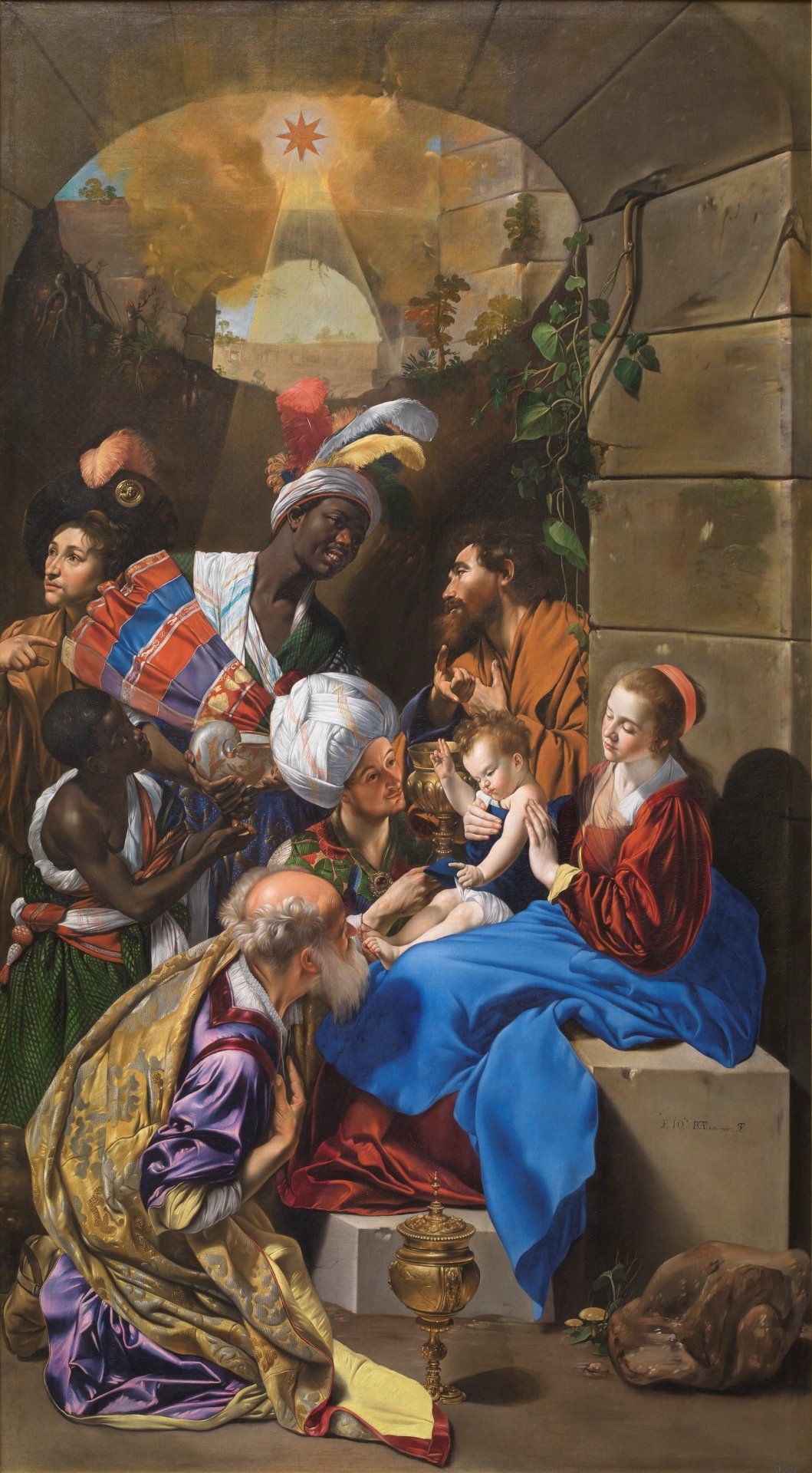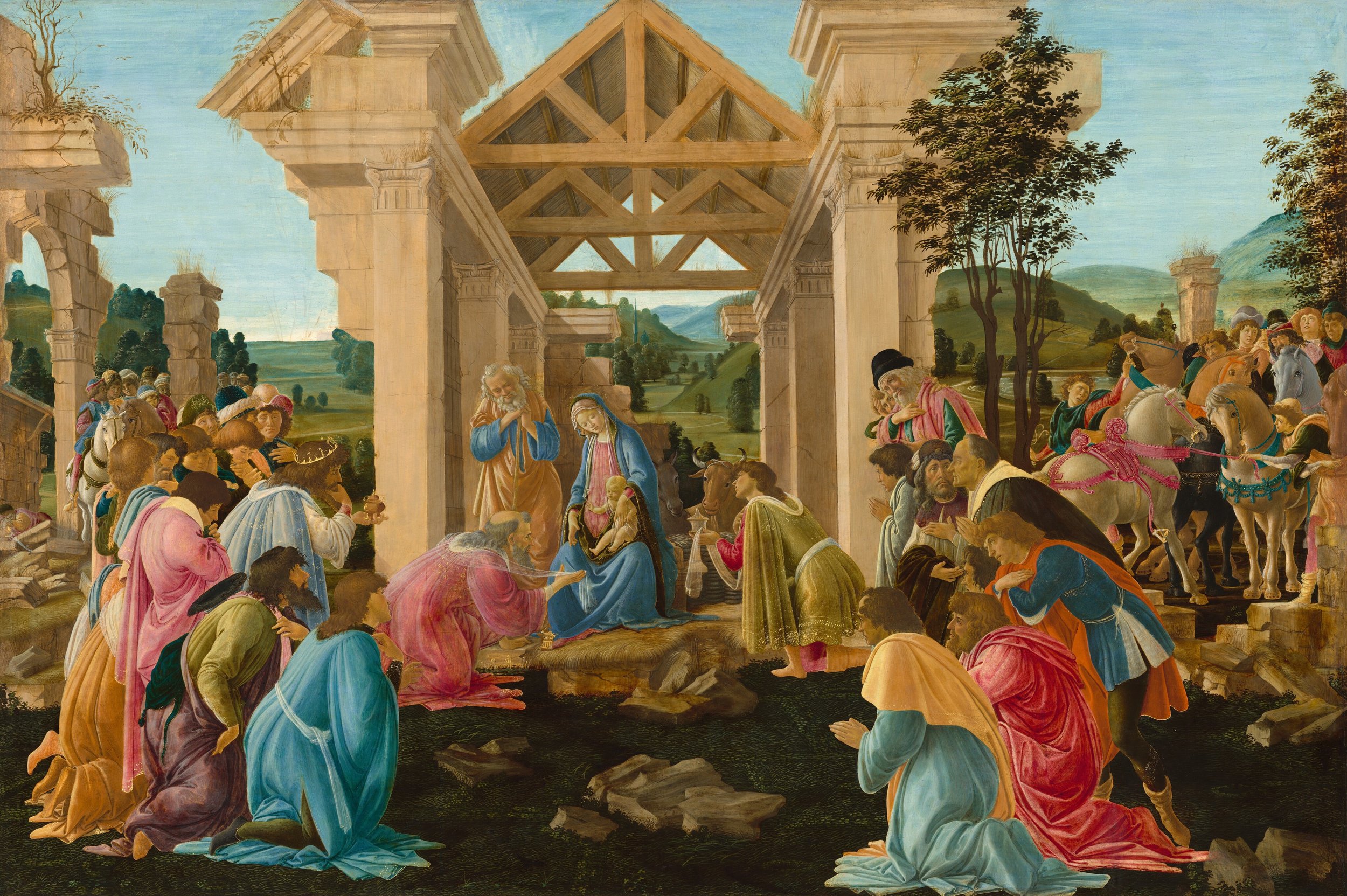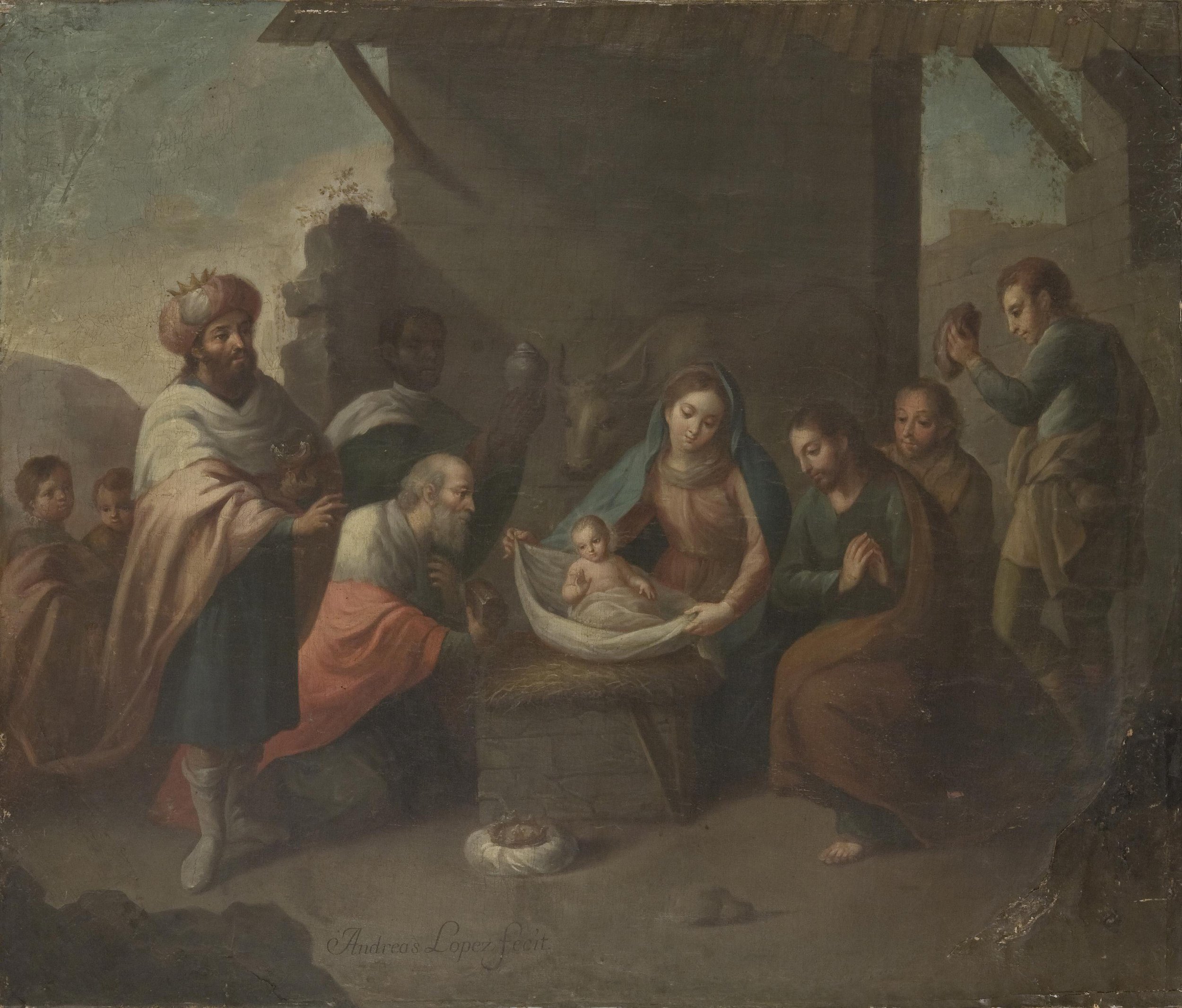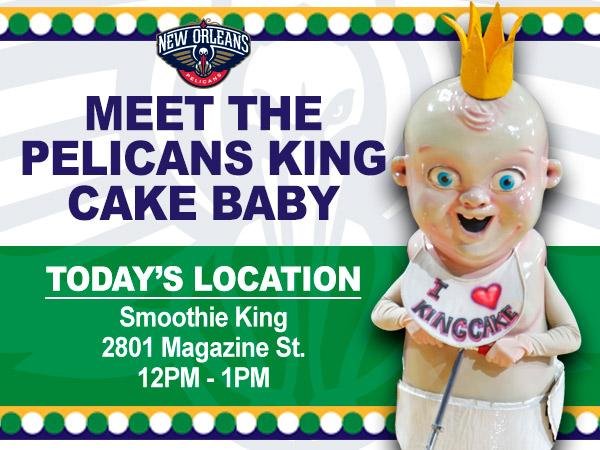The Gifts of the Magi
Exploring Symbols and Rituals Associated with the Epiphany: Nativity Scenes, King Cake and La Befana
The House suspects that many of you learned about the concept of irony from O. Henry’s 1905 short story, The Gift of the Magi. It’s about an impoverished husband and wife who have to get creative in order to buy one another Christmas presents.
But this post is not about those gifts. It’s about the original Christmas gifts that were presented to the infant Jesus by Gaspar, Melchior and Balthazar, collectively known as the Three Kings, the Three Wise Men or the Magi.
Let’s start with identification: Who were these men? And why were they considered wise?
Royal courts at this time would include scholars, astronomers, and other learned men who were knowledgeable about scriptures, history, esoterica and even occult practices. These “wise men” or “mages” would hang around the court to advise monarchs, maybe interpret the King’s dreams, and generally share their knowledge.
So the story goes that a star appeared in the sky one night, and King Herod dispatched a trio of wise men to see if it had anything to do with the prophesied arrival of a Messiah.
Christians believe that these wise men were guided to Bethlehem by this star. No one is exactly sure from whence they came — their origin is generically referred to as “The Orient” and they are usually depicted with camels, (or sometimes horses) so there’s that. Israel Arabia and India have all be floated, but the prevailing interpretation is that the word “magos” most likely refers to a priestly class of Persians who were known for their expertise in star interpretation.
Nevertheless, the Magi eventually get to Bethlehem, where they find an infant, who probably would have been a few months old at this point (even though the Epiphany is celebrated on January 6, twelve days after the designated day of Christ’s birth). Upon inspection, the Magi declare that the birth of this child had fulfilled the prophecy and that he would be the ruler (or shepherd) of the people of Israel.
Gold, Frankincense and Myrrh
At this point, the Magi present Mary and Joseph with gold, frankincense and myrrh. While these presents may not have been traditional baby gifts, they serve an important symbolic purpose for Christians.
First, GOLD. Gold has been universally treasured for thousands of years due to its scarcity and its luster. The ancient Aztecs believed that gold was godly excrement. The ancient Egyptians associated gold with the sun’s awesome power. Gold has been a common measure of wealth for centuries. Gold is a gift fit for a king, and its presentation in this context was meant to declare Jesus as the King of the Jews.
Second, FRANKINCENSE. Because of its strong and distinctive fragrance, this dried resin is a common ingredient in perfumes. But it is also burned as an offering in religious rituals as it is thought that the wisps of smoke carry prayers heavenward, or at least evoke a sense that they do. The gift of frankincense declares Jesus’ divinity.
Finally, MYRRH. Myrrh is another type of resin that is found in the Middle East. Reddish-brown in color, it also has a distinctive fragrance and is used in perfumes and medicinal applications. The Ancient Egyptians used myrrh when embalming corpses and it also has been used to repel evil spirits. Today, you will find myrrh oil in many natural mouthwashes, as it has antiseptic and anti-inflammatory properties. The gift of myrrh announces Jesus’ humanity and foreshadows his death.
Gold
Frankincense
Twenty trees, herbs and shrubs of the bible. Chromolithograph, c. 1850. Wellcome Collection.
The Adoration of the Magi
The scene of the three wise men presenting Jesus with his birthday gifts — commonly referred to as “the Adoration of the Magi” — has been painted countless times over the past few hundred years. So we have many artists’ interpretations of how this scene would have gone down. The House presents four examples below.
The Adoration of the Magi, 1526, Quinten Massys (Netherlandish, Leuven 1466–1530 Antwerp), from the collection of The Metropolitan Museum of Art.
This work is a masterpiece. Note the infant’s gesture of benediction, which is also the positioning of the hand in the mano pantea. (For those who are interested in gestures of benediction, take a deeper dive here. In this painting, each mage has a distinct identity, and their gifts are borne in ornate, gilded vessels. Note the detail on the sword and Balthazar’s earring.
The Adoration of the Magi, MAÍNO, FRAY JUAN BAUTISTA ©Museo Nacional del Prado
Another masterpiece. Again, we see the infant making the gesture of benediction, but this time his expression is more… resolute? Or is he sleeping? Note the beautiful nautilus cup that Balthazar holds and the colorful ostrich plumes in his turban. Note the tiny toadstools in the foreground. Mushrooms have long been associated with divinity. Every detail in this painting has been carefully considered.
Let’s circle back to the gifts: Gold, symbolizing royalty; Frankincense, symbolizing divinity; and Myrrh, symbolizing humanity (or mortality). The House likes to include a small amount of each within the Nativity Scene that is traditionally displayed during the Christmas season to serve as a reminder that Jesus possessed all of these qualities.
King Cake
In addition to displaying a Nativity Scene, this tableau is the origin of another charming ritual associated with the Epiphany — the King Cake. This ritual is pretty simple — a small figure of baby, symbolizing the infant Jesus, is baked into a cake. There are many national and regional variations on the King Cake, but the cake is always round or oval shaped, meant to symbolize a King’s crown. The person who finds the baby in the cake is “king” for the day and will have good fortune in the year ahead. (Some say that it is also the king’s responsibility to buy the next year’s cake).
While many participate in the King Cake ritual on January 6 to celebrate the Epiphany, the people of New Orleans, Louisiana have extended this tradition from the Feast of the Epiphany through Mardi Gras, or the last day before the Lenten period begins on Ash Wednesday. The King Cake has become such an essential part of New Orleans culture that the mascot of the New Orleans Pelicans is a giant king baby creatively named “King Cake Baby” who entertains and terrifies fans courtside during basketball games.
Before they were replaced with the modern-day plastic infants as shown above, tiny porcelain fèves (beans) representing a variety of characters were baked into king cakes. They are delightful and highly collectible.
Trio of vintage fèves, House of Good Fortune Collection.
La Befana and the Varvuole
And finally, there is La Befana, whose name is believed to have derived from Epifania.
According to legend, La Befana (also known as La Vecchia di Natale) was approached by the trio of kings on their way to visit the Christ Child. In some versions she hosts them for the evening. In others, they ask for directions to Bethlehem and even invite her to join them on their journey, but the old woman was too busy doing housework so she declined the invitation.
The next day, as she was sweeping up the floors of her little cottage she had second thoughts and decided to load up a basket with gifts for Jesus and set out after the Magi to catch up with them en route. Naturally, she used her broom for transportation, but she never intercepted them.
La Befana re-enacts this ill-fated quest every year on the Feast of Epiphany Eve (January 5), and when she doesn’t find the Christ Child she fills the stockings of well-behaved children with candy and fruit, which has caused some to call her the Italian Santa Claus. She also leaves ill-behaved children pieces of coal or onions and garlic.
But the Italian village of Grado takes their Epiphany rituals one step further and re-enacts a battle with sea faring witches called the Varvuole. Atlas Obscura has done a superb job describing the action.











